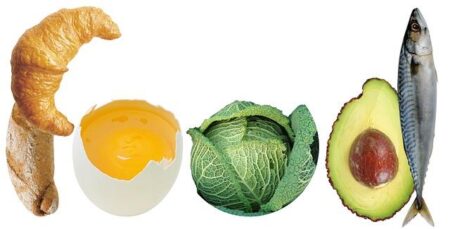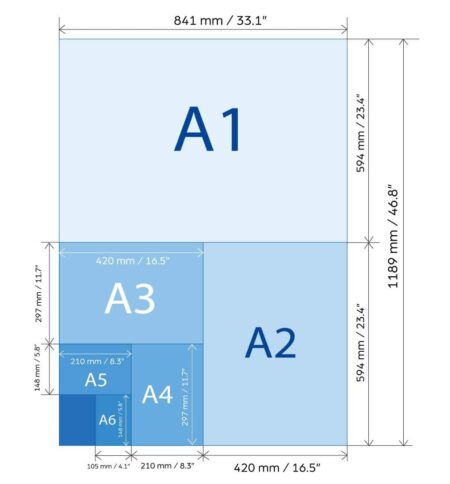Empowering Mauritania’s Youth: Pioneering Sustainable Agriculture in Arid Regions
In the vast, dry expanses of Mauritania, where extreme climate conditions have long hindered traditional farming, a passionate group of students is reshaping the future of agriculture. By embracing cutting-edge methods and fostering community involvement, these young cultivators are successfully growing vegetables in areas once considered inhospitable for crop production. Their work not only tackles persistent food insecurity exacerbated by recurrent droughts but also ignites hope and resilience throughout their communities. This article explores their transformative journey and examines how their innovative approaches are influencing local livelihoods and setting new standards for sustainable farming across Mauritania.
Revolutionizing Agriculture: Modern Techniques Breathing Life into Desert Soils
Mauritania’s predominantly desert terrain has historically limited agricultural output; however, recent advancements led by motivated students are challenging this status quo. These young pioneers have integrated several forward-thinking cultivation strategies that optimize scarce resources while maximizing yield:
- Soilless Cultivation (Hydroponics): Utilizing nutrient-enriched water solutions to grow plants without soil significantly reduces water consumption-an essential adaptation given the region’s limited freshwater availability.
- Precision Watering Systems (Drip Irrigation): Delivering water directly to plant roots minimizes evaporation losses and conserves precious moisture in arid climates.
- Layered Crop Production (Vertical Farming): Employing stacked planting beds allows efficient use of restricted space, increasing productivity per square meter even within compact urban or school environments.
The success of these techniques is amplified through active community participation and educational outreach. Schools serve as vital centers where agricultural knowledge is shared, inspiring students to adopt sustainable practices that benefit both their families’ nutrition needs and broader environmental health. Local government bodies recognize these efforts as crucial steps toward enhancing food security while promoting ecological responsibility.
| Agricultural Method | Main Advantages |
|---|---|
| Hydroponics | Dramatically lowers water usage; accelerates plant growth cycles |
| Drip Irrigation | Saves water through targeted delivery; reduces runoff pollution |
| Vertical Farming | Makes optimal use of limited space; boosts overall crop yields |
Nurturing Resilience: How Students Are Adapting Sustainable Practices Amidst Climate Challenges
The harsh realities of Mauritania’s environment have inspired a generation of students to rethink conventional farming models by adopting sustainability-focused methods tailored for arid zones. Beyond hydroponics and drip irrigation, they incorporate organic composting techniques alongside cultivating drought-tolerant seed varieties developed through recent agronomic research initiatives.
This hands-on engagement fosters more than just agricultural skills-it cultivates critical thinking abilities necessary for overcoming environmental constraints while deepening ecological consciousness among youth participants:
- Cognitive Growth: Students enhance problem-solving capabilities as they experiment with adapting crops to unpredictable weather patterns.
- Ecosystem Stewardship: By promoting biodiversity-friendly practices such as compost application, they contribute positively to soil vitality over time.
- Civic Participation: Sharing harvests with neighbors strengthens communal bonds and encourages collective responsibility toward food sustainability.
| Sustainable Practice | Key Benefit |
|---|---|
| Drip Irrigation < td >Conserves scarce water resources | |







